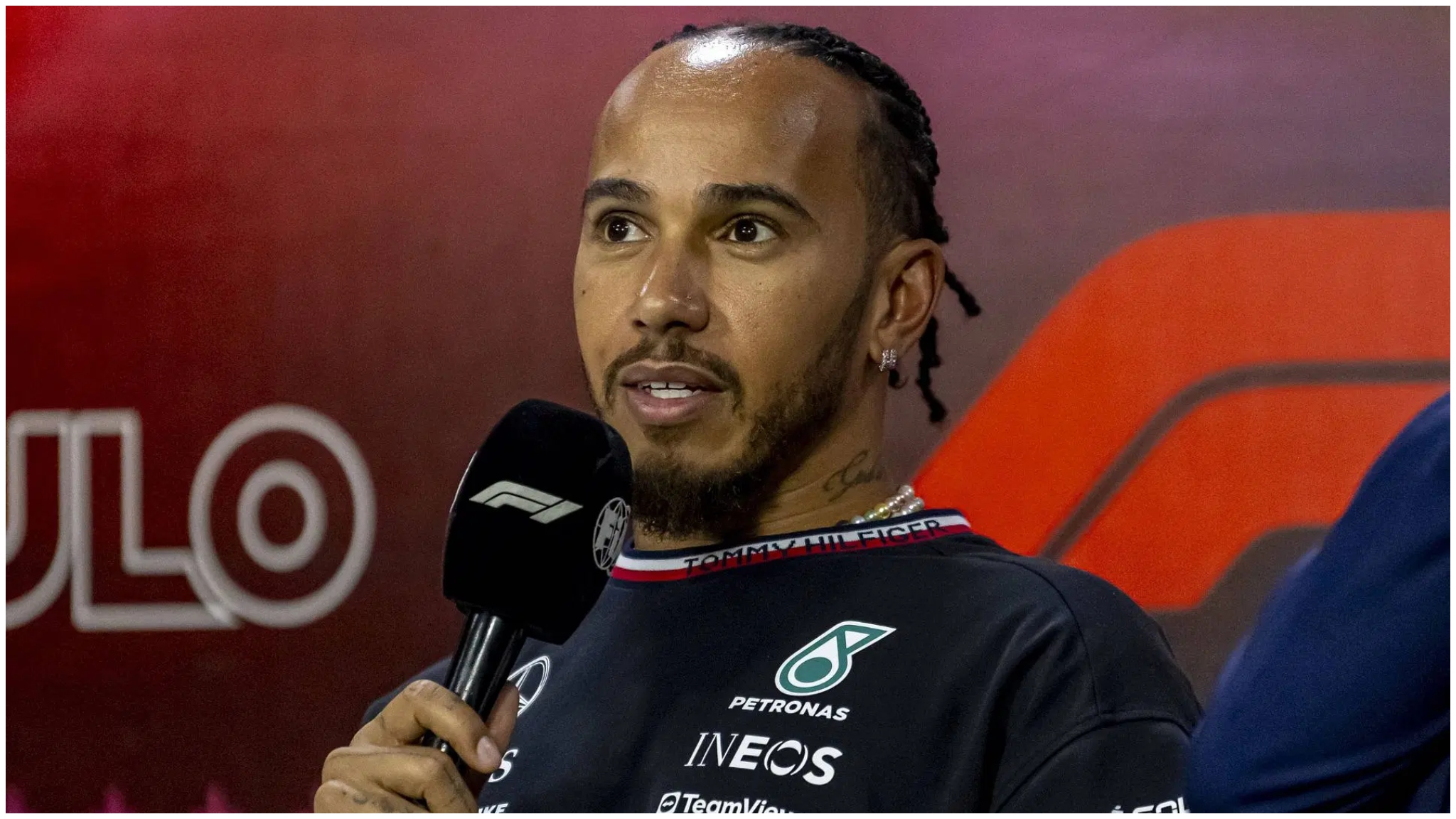Lewis Hamilton Broke Barriers as Formula 1’s First Black Driver
Lewis Hamilton didn’t just become a champion on the racetrack—he changed the face of Formula 1 forever. As the sport’s first Black driver, his success opened the door for conversations about diversity, equity, and inclusion (DEI) in motorsport.
Hamilton was raised in North London and started racing at just 8 years old. His father, Anthony Hamilton, worked three jobs to fund his early racing career. Their sacrifices paid off quickly. By the age of 10, Lewis was a go-karting champion, and over the next few years, he won eight championships.
In 2007, he entered Formula 1 with McLaren. Six years later, he joined Mercedes, where he made history with 84 victories and seven world titles. But Hamilton’s true legacy may lie off the track.
Hamilton Commission Launched to Improve DEI in Motorsport
In 2020, Hamilton launched The Hamilton Commission with the Royal Academy of Engineering. Its purpose was clear: explore why so few Black people work in UK motorsport and offer real solutions.
After 10 months of research, the commission published a detailed report. It called for better access to STEM education, scholarships for Black students, and targeted work-based training programs. The goal was to create long-term change across motorsport careers—not just in driving, but in engineering, technology, and management.
“We always had the dream of helping to enact change in this industry,” Hamilton shared. “We always had the passion, the focus. All we needed was to know the facts.”
These recommendations were not ignored. They sparked massive change across Formula 1 and beyond.
Formula 1 and FIA Responded with Industry-Wide Change
Following the release of the Hamilton Commission report, Formula 1, all 10 racing teams, and the Fédération Internationale de l’Automobile (FIA) signed a new Diversity & Inclusion charter. It focused on four key areas: Attract, Retain, Create, and Engage.
Since then, Formula 1 has launched new scholarships, apprenticeships, and internships to help underrepresented groups access opportunities. The F1 ACADEMY also began supporting young women in motorsport.
“The only way to maintain and improve those exceptional standards is to welcome diversity of thought, ideas, and experiences,” said F1 President Stefano Domenicali. “Across the sport, significant change has already been put in place.”
In 2024, female participation in motorsport increased by 25%, a major win for inclusion.
Hamilton’s Mission 44 Expands Global STEM Access
Hamilton didn’t stop with the commission. He created Mission 44, a foundation based on the report’s insights. The initiative aims to provide wider access to STEM fields—including motorsport—to young people from underserved communities.
Backed by millions in personal funding, Hamilton’s foundation supports over 33 education and youth empowerment organizations. It offers scholarships and mentorship programs, and its reach now extends to Brazil and the U.S.
“We carefully chose these recommendations to ensure we have a focused approach,” Hamilton said. “This is just the beginning of real change.”
By championing the next generation, Hamilton is ensuring that the future of motorsport looks very different from the past.
A Champion On and Off the Track
Lewis Hamilton’s racing talent is unmatched, but his influence reaches far beyond Formula 1. By becoming the sport’s first Black driver, speaking out, and funding real solutions, he shifted the culture of motorsport.
Thanks to his leadership, doors are now open for people who had long been shut out of the racing world. His journey is proof that when excellence meets purpose, history is made.


